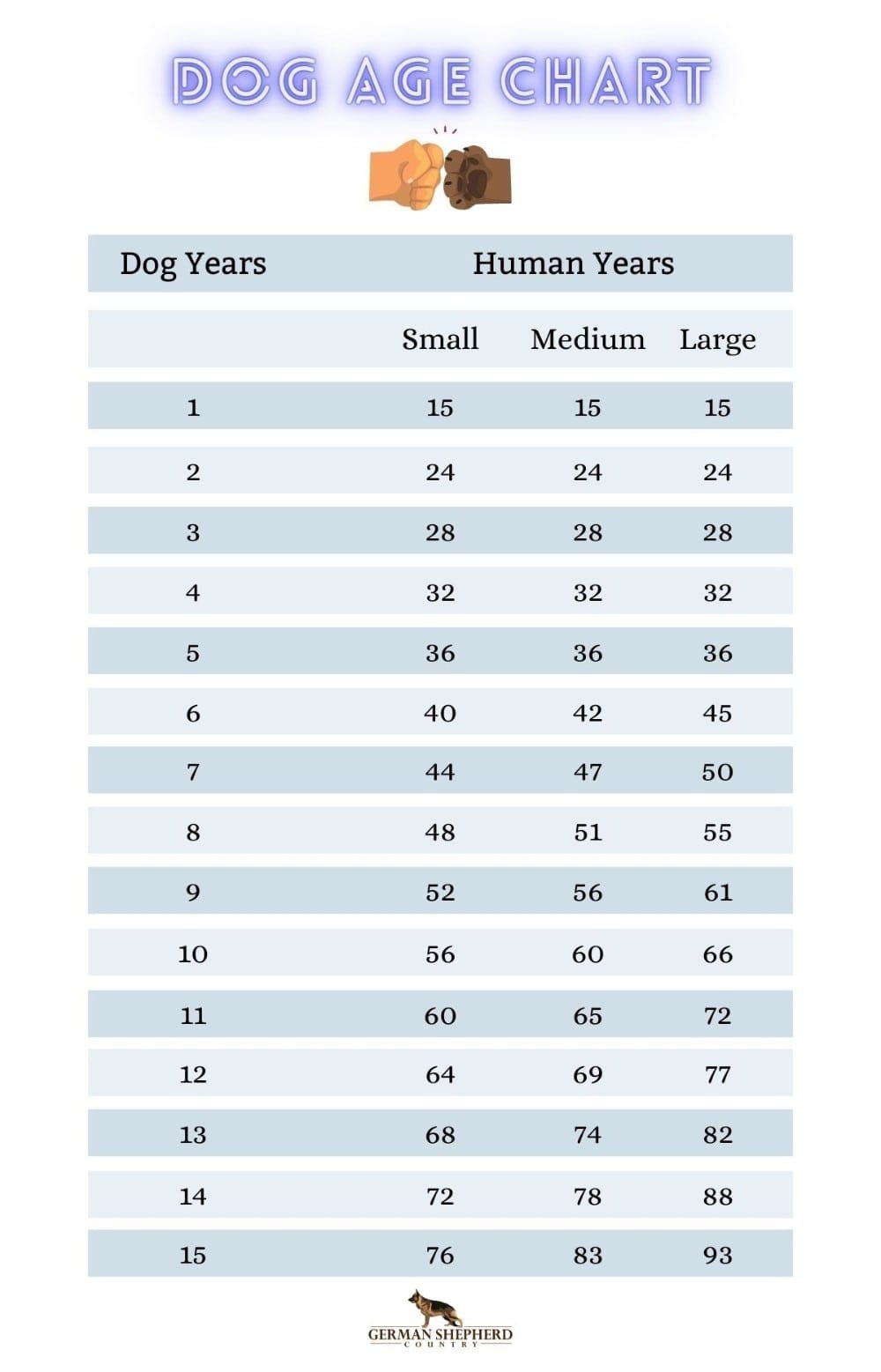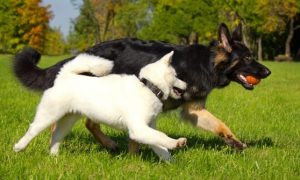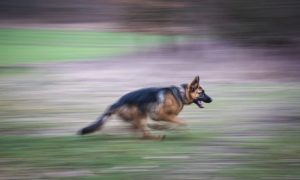As the saying goes, dogs are man’s or woman’s best friends, which is simply why we are so in love with these furry four-legged creatures.
These bundles of joy will forever have a place in our hearts.
To some, these furry creatures are the epitome of perfection. The unique traits they possess, coupled with their high level of loyalty and intelligence, are what makes them so special.
The relationship between humans and dogs is one that has come a long way. The bond we share with them has been the driving force to getting to understand them better.
In this journey, we might have stumbled across the term, dog years. Simply put, dog years show how old a dog is in relation to human years.
The simple formula used to deduce dog years states that every seven human years is equivalent to one dog year.
For example, a 6-year-old dog is equivalent to a 42-year-old human.
A quick look into the theory shows that it is not farfetched. However, the reality is entirely different since several vital factors determine how long a dog will live.
Genetics, breed, size, nutrition, environment, and stress are some of the key factors that significantly affect a dog’s lifespan.
Smaller breeds tend to live longer than larger breeds, and certain breeds are prone to certain health conditions that others do not experience.
Having said this, a simple formula is not enough to account for the different dog breeds.
Conversely, you can utilize a dog age chart for a more precise conversion from dog years to human years.
Dogs Years and Growing Old
The concept of growing old or aging revolves around the decline in physiological functions because of an increase in age.
Generally, dogs fall under the senior class category anywhere from five years to ten years.
A majority of breeds become classed as seniors once they are over seven years of age.
Dogs over the age of seven become physically slower. They also become more susceptible to weight gain, which can cause several health issues and other health conditions such as arthritis, lumps, bumps, and kidney problems.
As your dog ages, cells begin to collapse. Cells are unable to divide and multiply, slowing down all forms of body repair. This causes tissues, bones, and even brain cells to degenerate.
Essentially, several key factors play large roles, influencing the entire aging process in dogs. These factors include:
Genetics: The gene that passes down from parent to offspring determines how long the offspring will live.
Therefore, your puppy’s lifespan depends on the genes it inherits from its parents.
If the parents were healthy, the puppy might live for a long time.
Nutrition and Deficiencies: Your dog’s diet plays a vital role in determining their overall life expectancy.
A dog on a healthy diet is bound to live a longer life than one that is not. That’s because an unhealthy diet can cause cell damage, which will ultimately result in premature aging.
Environment: The environment your puppy grows up in will dictate how long it will live.
Most breeds require places with large spaces to grow up in, while others do not.
Furthermore, toxic pollutants will affect cell growth, ultimately altering the entire aging process.
In general, the development that occurs within the first year of a dog’s life is equivalent to puberty in humans.
As absurd as it sounds, a one-year-old dog is on the same level as a 15-year-old human. That’s why it is crucial to socialize and train your puppy during this period.
Aging in Neutered Dogs
Scientific research and studies show that neutering a large dog will significantly increase its risk of cancer and joint disorders.
Large breeds typically suffer from hip and elbow dysplasia alongside cranial cruciate ligament tears as they grow older. However, a neutered dog is five times more likely to suffer from one of these disorders, if not more.
On the other hand, a 40,000-dog sample showed that neutered dogs tend to live for an average of 9.4 years compared to the 7.9 years average lifespan of intact dogs.
The entire study might seem confusing, but it is what it is – facts from a large sample.
Overall, the studies show that a neutered dog is more likely to die from cancer or an autoimmune disease, while an intact dog will likely die from an infectious disease or trauma.
Aging Across Different Dog Breeds
There are numerous dog breeds, and they all grow and age at different rates. However, you can group the various breeds by their size.
Small-sized breeds grow slowly; therefore, they age slowly too.
On the other hand, large-sized breeds tend to grow faster, making them age more quickly.
To get a more explicit description, a 10-year-old small-sized dog is equivalent to 56 human years, while a 10-year-old large-sized dog is equivalent to 66 human years.
The intense growth that larger breeds undergo directly affects how quickly they age.
That’s because their metabolism is a lot faster, making their bodies produce and expend more energy as well as free radicals. Free radicals are leading contributors to aging.
Besides, certain variables pertain to particular dog breeds. Variables such as orthopedic issues and arthritis affect the overall aging process.
Such conditions limit a dog’s mobility, which in turn creates a decline in their cognitive function.
3 Ways to Tell a Dog’s Age
You can easily monitor a young puppy’s age as they grow. However, it can be tricky for a shelter dog with limited to no information about their history. Nevertheless, you can guess a dog’s age by looking at three things.
1. Teeth: Puppies develop baby teeth between three to six weeks of age. Their adult teeth begin to appear once they reach five months (for the front teeth) and seven months (for the molars). Senior and geriatric dogs have yellowish, worn-out teeth with flat tips.
2. Food consumption: A dog’s food consumption reduces as it enters its senior years. A lot of dogs begin to lose their appetite once they reach their senior years.
3. Mobility: Apart from health conditions, a dog that consumes less food has less energy to run around. As this continues, they slowly lose their appetite since they require less energy. This degenerates into a cycle of eating less and moving less until they enter their last years.
In conclusion, while the simple theory that correlates dog years to human years exists, it is not entirely accurate as several factors influence aging in dogs.
Nonetheless, maintaining your dog’s health will increase the odds of them being around to a ripe old age.























